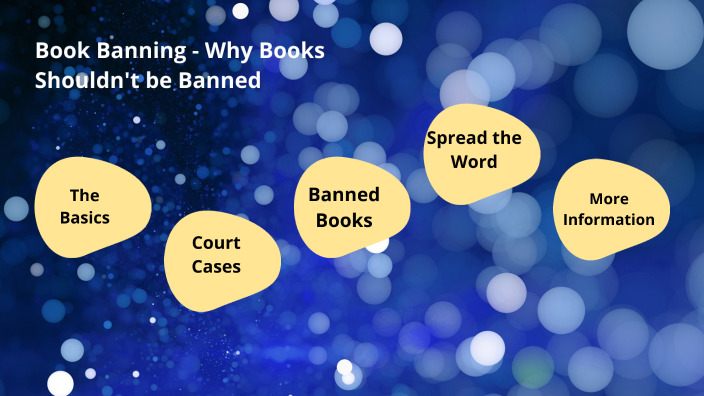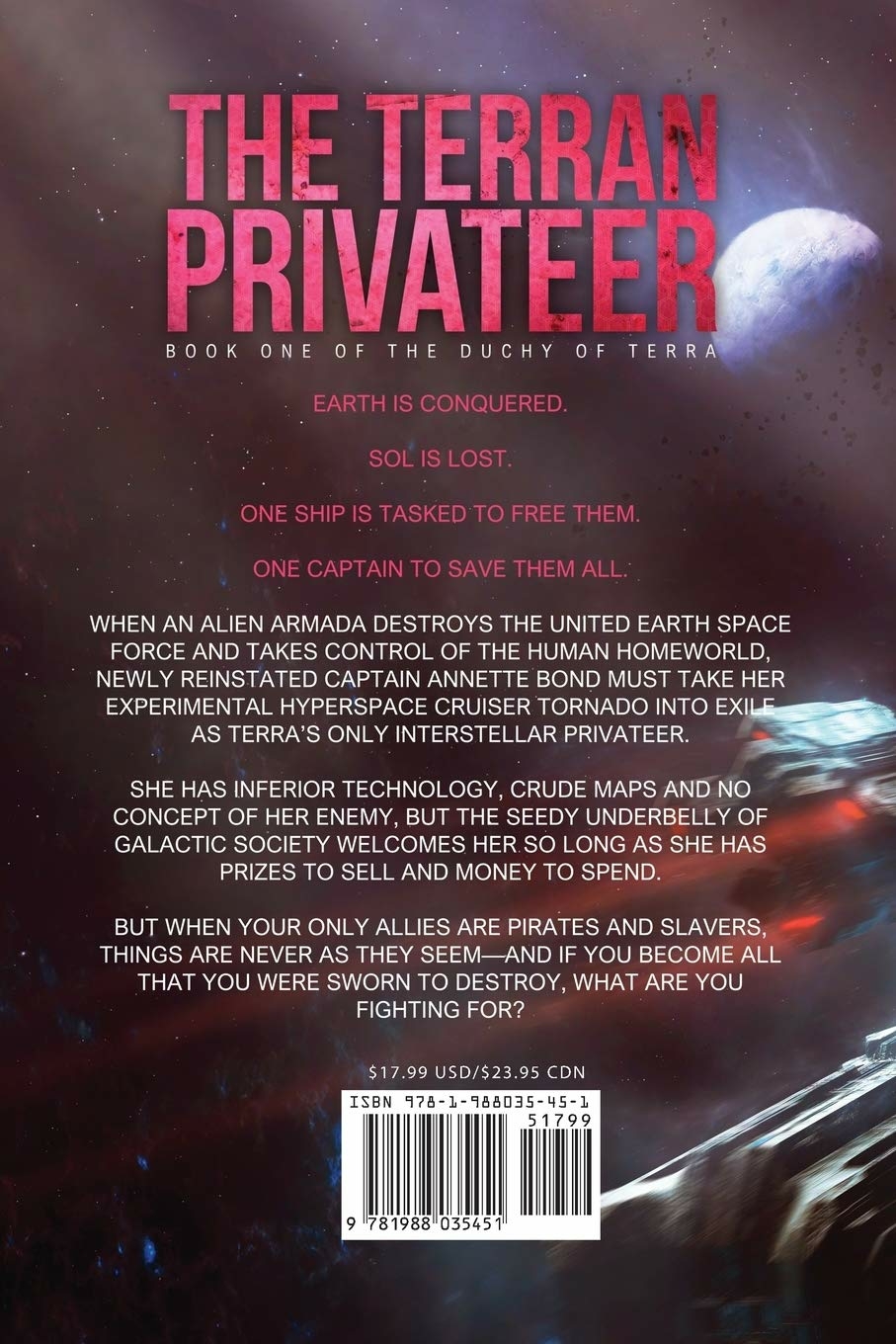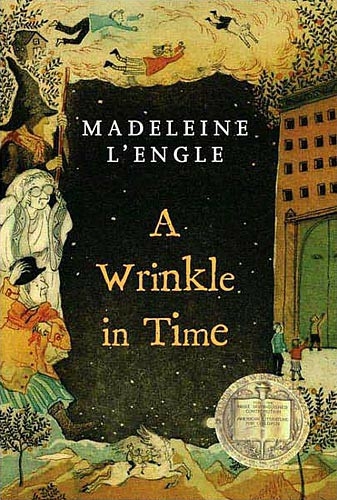If you’re anything like me (and I’m guessing you probably are because you clicked on this article), then the first thing you want to do when you find out a book has been banned is read it. Welcome to the club.
So how do books get banned in the US and who does the banning?
The US government itself has banned books very little in its history. For most books that face bans or challenges, it happens on a much more local level.
First, the book is “challenging.” A challenge is an attempt to ban a book from a library, organization, vendor, publisher, school district, or institution based on its content. Challenges can then go one of two ways: the book is banned (which effectively removes it from that organization or institution), or the challenge is dismissed and the book remains in circulation.
“Why does it matter?” “I can still order it online” I hear you ask. That’s fair enough, and that’s exactly what the potential book banners claim. However, it only applies to those who have the financial means to do so. For many, especially black children living in poverty, schools and public libraries are the only way to access books.
Banning a book is also important because it limits access to ideas based on the often ideologically or politically motivated opposition of another person or entity.
Banning books is a form of closing down civic space – and is part of a worrying trend in which we see the global space for people to speak, organize and take action shrinking.
In fact, nearly 97% of the world’s population now lives in countries with restrictions on the fundamental freedoms of association, peaceful assembly and expression in order to influence the political, economic and social structures around them.
The cumulative effect of book bans in the U.S., says Deborah Caldwell-Stone, director of the American Library Association’s Office of Intellectual Freedom, represents a major disservice to open discourse and learning across the country.
So how far back does this thinly veiled mind control exercise go? As is often the case, there is more than one possible answer. But one prime candidate is Thomas Morton’s 1637 Indictment of the Puritans.
Morton, an English lawyer, arrived in Massachusetts in 1624 and was not exactly impressed with the conservative and insular lifestyle of the Puritans. The book he wrote about them, New English Canaan, was a scathing satire that compared the Puritan leaders to crabs, among other things. A first edition of Morton’s tell-all sold at auction at Christie’s in 2019 for $60,000. How about the power of words?
Since then, many classics from the literary canon have been published, such as A Clockwork Orange by Anthony Burgess, Catcher in the Rye by J.D. Salinger, Lord of the Flies by William Golding, Brave New World by Aldous Huxley, Nineteen Eighty-Four by George Orwell, Ulysses by James Joyce and The Slaughterhouse five Kurt Vonnegut Jr. have experienced challenges with varying degrees of success.
Today, however, book bans are on the rise in the US. The American Library Association (ALA) tracks challenges and bans across the country, and the latest data is, frankly, alarming. In 2021, the ALA recorded 729 book challenges targeting 1,597 titles. That’s more than double the number in 2020 and the highest number since the organization began recording data in 2000.
The actual numbers are likely much higher because many challenges are never reported. Banning books also has a halo effect, resulting in what Jonathan Friedman, director of free expression and education at the nonprofit PEN America, calls “soft censorship.” That’s when librarians or school officials preemptively pull titles from the shelves that they worry might spark controversy. The practice could even backfire all the way back to the authors, “avoiding controversial topics and stifling their creativity,” according to Friedman.
Here’s a list of the 10 most challenging books in the US in 2021, so you can add them to your cart right away:
1. Maia Kobaba’s Gender Queer
2. Lawn Boy by Jonathan Evison
3. Not all boys are wise by George M. Johnson
4. From Ashley Hope Perez’s thread
5. The Hate U Give by Angie Thomas
The LGBTQIA+s Are Brainwashing Our Children.
6. The Absolutely True Diary of a Part-Time Indian by Sherman Alexie Read also : Best selling books of 2022 (so far).
7. Me and Earl and the Dying Girl Jesse Andrews
8. Toni Morrison’s bluest eye
9. This book is gay Juno Dawson
10. Beyond Magenta by Susan Kuklin
I decided to investigate what the fuss was about. What explosive substance did these books contain that people tried to pull them off the shelves and in some cases went so far as to call the police to report them? Did they encourage self-harm? Did they teach people how to make explosives? How to participate in scams? Or how to hide the body?
Bans in the US are mostly aimed at books that focus on issues of race and LGBTQIA+, and a large proportion of banned books are by non-white or LGBTQIA+ writers.
Of the banned titles, 41% featured protagonists or prominent secondary characters who are black, and approximately 22% directly address issues of race and racism, while 33% explicitly address LGBTQIA+ themes or feature LGBTQIA+ protagonists or prominent secondary characters.
So what did I learn from reading them?
Sex Is Immoral.
In case it wasn’t obvious, that headline you just read was sarcastic. This may interest you : Great books to read this week. But this is exactly the kind of rhetoric used in attempts to ban LGBTQIA+ reading material, described as “brainwashing propaganda for young people” that discourages children from “normal sexuality”.
In 2013, the Supreme Court ruled that federal bans on same-sex marriage were unconstitutional.
Then, in 2015, the moment for full marriage equality in the US finally arrived, when the Supreme Court overturned all state bans on same-sex marriage, legalizing it in all 50 states and requiring states to honor out-of-state same-sex marriages. same-sex marriage licenses in Obergefell v. Hodges.
This was followed by the general acceptance of same-sex marriage, as well as transgender people serving in the military.
In 2020, Virginia became the first state in the American South to offer LGBTQIA+ citizens legal protections in employment, housing, and public accommodations.
White Fragility Is Alive and Well.
However, since the start of 2022, these victories have been in jeopardy as the US has witnessed a resurgence of anti-LGBTQIA+ legislation. See the article : OPINION: Recommend 50 books – how many have you read?.
The most high-profile of these anti-LGBTQIA+ laws is Florida’s “Don’t Say Gay” law, which bans questions about “sexual orientation and gender identity” in classrooms.
This mass of anti-LGBTQIA+ legislation is reflected in the fact that LGBTQIA+ books accounted for a third of all ban attempts between July 1, 2021 and March 31, 2022. In fact, Maia Kobabe’s Gender Queer, a gripping graphic novel about the protagonist’s journey with her gender identity, was the most banned book in the country.
One Florida school board member went so far as to call the police and file a complaint over George M. Johnson’s book Not All Boys Are Wise , a memoir for young black queer boys.
A cat from pious Puritan days that Thomas Morton may have mocked, but the association of sex and immorality in the US remains.
Many books have been banned because they contain “sexual content”. But after reading these books, it’s hard not to notice that most of them disproportionately feature LGBTQ+ characters or stories. Coincidence? I do not think so.
This crossover reminds us of age-old tendencies to associate gender nonconformity with sexual obscenity, Friedman says. Indeed, a third of Americans believe that gay or lesbian relationships are “morally wrong.”
To be gay or lesbian, in the eyes of book banners, is to be innately sexualized and to pose a threat to virginity, in a way that being heterosexual is not.






